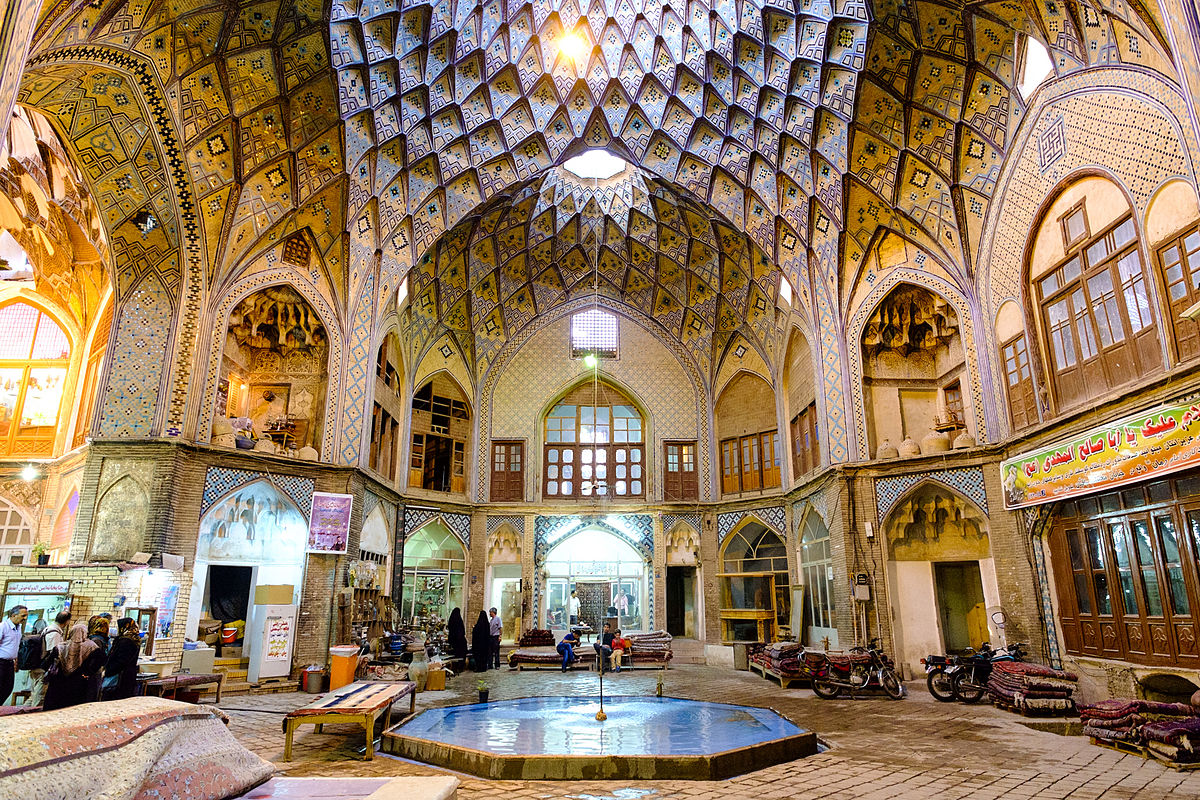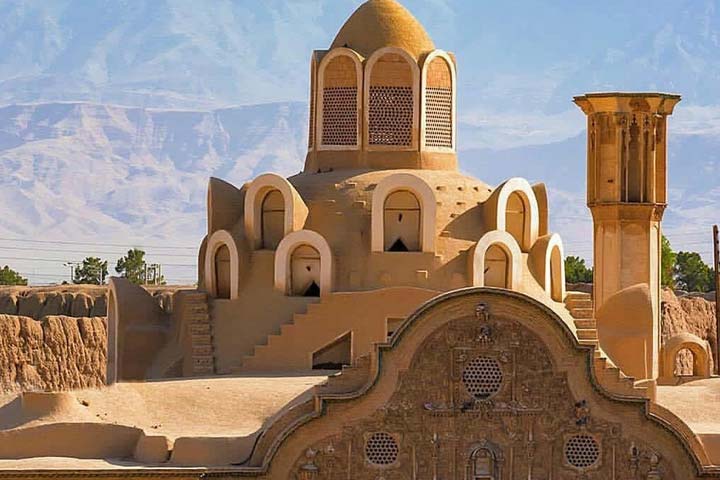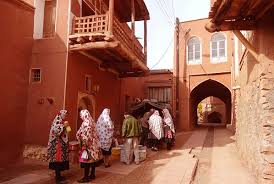Kashan, as the pearl of wisdom, located in Isfahan province in Iran, is well-known for its scholars, great and famous artisans as well as artists along the length of history. It is of most potential interest for those who would like to apply for higher education far away from their homelands as well as those who are interested in experiencing a new academic setup. Its geographic location (situated in the center of Iran and well-connected with many highways to Tehran and Isfahan), a warm and friendly population, public safety and advanced research universities make it an ideal location for students interested in study and exploration. Studying in Kashan provides them with opportunities such as sight-seeing and visiting new places along with multiple academic benefits.
The universities of Kashan, along with other universities in Iran, have worked to establish a strong network of support for all students. Currently, there are more than 10,000 students studying in various fields, such as engineering, art, law, medical sciences and many other ones at universities of Kashan.
Geographical features:
Kashan, with a population of about five hundred thousand people and a hot, dry climate is located in the central part of Iran.
Historical features:
Kashan has been hometown of different races for thousands of years. The historical antiquity of Kashan is connected with one of the oldest centers where man has lived (i.e. Sialk Hills).
Culture features:
Kashan is amongst the most original, most ancient cities producing many scientists, philosophers, physicians, poets, and painters who not only have make Kashan well-known but have imparted Persia and the world of Islam a new credibility. At present there are eight theological schools with about two thousand theologians, five universities (state and private) with about 15000 students.
Economic features:
Kashan is of vary important agricultural features in that the greater part of the lands in its neighborhood is under the cultivation of cotton, cereals, vegetables, , and so on. Producing flower- trees, vegetables, etc., to make rose water is of significant importance.
Industry:
In terms of industry, Kashan has progressed to a great extent. Its hand woven and machine-woven carpets are world famous and numbered amongst the most important export items of the country. Kashan is also regarded as an important industrial center and over 350 industrial units are operating in the city.
Garden of fin and Suleymaniyya Spring:
The original building of the Garden is tied to the civilization of Sialk Among the important historical event in this garden one can mention the official accession of Shan Ismall safavi and the murder of Mirza Taqi Khan Amir Kabir.

Sialk Historical Hills:
According to the scientific investigations of professor Grischman in A.H 1311 (i.e. A.D. 1933) these hills date form the fifth millennium B.C. Monuments form these hills are present in Iran's National Museum and fin Garden.
Aqa Bozorg School:
The construction of the school dates back to the Qajarid epoch. It was financed by Hajj Mohammad Taqi Khanban for his son in law Mulla Mehdi Naraqi ii, commonly know as Aga Bozorg.
Bazar Historical Complex:
It dates back to the seljuq period. The climax of the prosperity of Bazar, was during the Safavid period and especially during Shah Abbas I.

Imam Khomeini School (i.e.Sulani):
This school was constructed upon the order of Fath Ali Shah Qajar during A.H 1221 to 1229 on the model of the schools chahar Baq and Sadr in Isfahan.
Amiu'd.Dowla Arcade:
This building lying in one of the central points of Bazar was made upon the order of one of well-known statesman of Qajar called Farruk-Khah, later called Aminu'd Dowla.
Mir Emad Mosque and Square:
The original building of the mosque dates back to or eight hundred years ago and has unvaluable mihrab, presently kept in a museum in Berlin. The mosque also have unique facade.
Masjid - Jame (Grand Mosque):
This construction dates form the early centuries of Islam. It has a very old summer and winter Harem (Shabestan)

Tabatabaei Historical House:
The house was construted in an area of 4630 square meters in A.H 1250 The house comprises four yards, the central one of which is believed to have been devoted to strangers and quests two yards devoted to the family members one set aside for the servants and attendants.

Abbasian Historical Complex:
The complex was constructed A.H 1252. It is rich in architecture and the hight of elegance and grace in Islamic painting.
Jalali Castle:
The unconquerable castle was constructed in A.H mid fifth century by one of the well-Known statesmen of the Qajar period. The historical authoritative documents indicate that the castle has protected. On several occasions. The residents of Kashan against cruel aggressors and invaders.
Imamzadeh Haroon - bn Moosa's Shrine:
The shrine dates back to safavid period.
Al-i-yasin historical house:
This building was constructed in the region of Mohammad Shah Qjar.
Mulla Mohsin Shrine:
Allameh Mohaddeth Molla Mohsen' shrine (considered the greatest Islamic and philosopher in A.H eleventh century by Farhad Mirzaie.
Boroojerdi Historical House:
It was constructed by a merchant called Haji sayyed Hassan Natanzi in about A.H 1275. The house consists of two parts; Internal and external. The external part is the part presently open to the public.

Qamsar
In addition to the traditional ceremonies of getting Rose-Water held in Ordibehesht in Qamsar, such historical monuments as Mianddeh Mosque. Pir Dawood shrine, Pir Soleyman attract attention.
Sulian Ali Shrine (P.B.U.H), Mashhad Ardehal :
In addition to being one of the great, historical monuments, it also includes the shrine of Imam Mohammed Baqer's son. The original construction of shrine dates back to the Seljuq period. The religious carpet washing ceremonies are held in this shrine each year.
Niasar:
Among the historical monuments of Niasar is its fire - temple dating back to Sassanid epoch.
Abyaneh:
In terms of classic architecture, this religion is one the oldest and most beautiful villages in Iran. In the village, there exit monuments form Achaemenid to Gajarid periods

